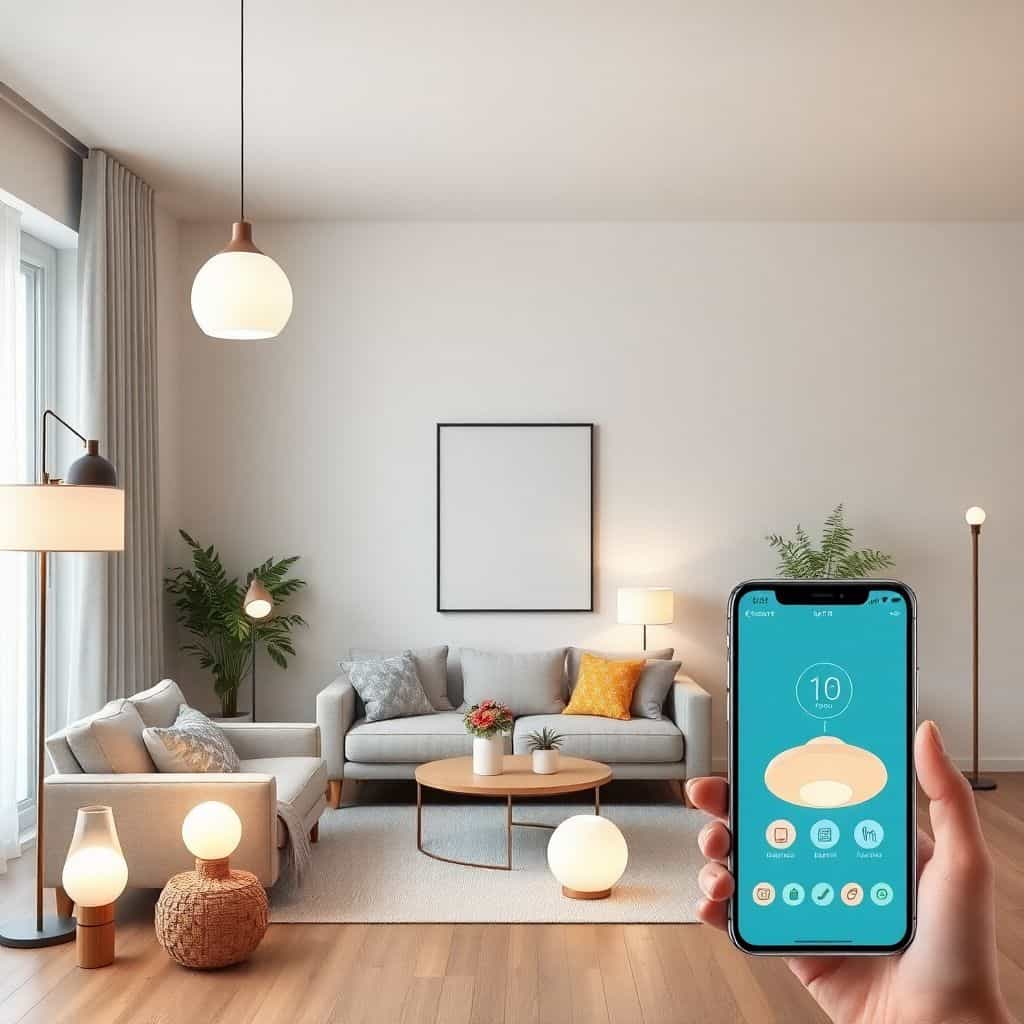The humble light bulb has come a long way since Thomas Edison patented his invention in 1879. Today, lighting has become an intersection of technology, energy efficiency, and design innovation. From smart bulbs to LED advancements, the lighting industry is continuously being reshaped to meet modern demands. As we step further into a technologically driven era, staying updated with the latest in lamp technology is not only practical but essential.
Recent market trends indicate a substantial shift towards energy-efficient lighting solutions. LED technology, in particular, has taken the spotlight. LEDs, or light-emitting diodes, offer a significant reduction in energy consumption compared to traditional incandescent bulbs. According to a study by the U.S. Department of Energy, LED lighting is projected to account for nearly 84% of all lighting sales by 2030, contributing to a decrease in energy consumption of about 40% in the lighting sector.
Innovative models such as smart lamps equipped with Wi-Fi connectivity and smartphone integration are becoming increasingly common. These lamps allow users to control lighting remotely, set schedules, and adjust brightness and color temperature through simple apps. The Philips Hue series is one flagship product that embodies the essence of smart lighting, providing a seamless user experience.
The integration of technology doesn’t stop at smartphones; voice assistants like Amazon Alexa and Google Assistant are now compatible with several lighting systems. This represents a shift in user interaction, making lighting solutions not just a utility but an integral part of smart home ecosystems. According to tech expert Sarah Jacobs, ‘The future of lighting is not just in efficient energy use but in how seamlessly it integrates with our digital lives.’
While technology pioneers new pathways, design enthusiasts will find solace in the plethora of aesthetically appealing options available. Contemporary designs are inspired by minimalism, with a focus on natural materials such as wood and metal. The Scandinavian style remains popular worldwide, characterized by its clean lines and functional beauty.
The market is also seeing a rise in customizable lighting solutions. Companies like Nanoleaf offer geometric light panels that can be arranged into unique patterns, providing a personalized touch to any space. This trend mirrors a broader consumer desire for home products that reflect individual personality and style.
Prominent research institutions are at the forefront of harnessing new technologies to push the boundaries of what’s possible with lighting. The Massachusetts Institute of Technology (MIT) has been experimenting with bio-luminescent plants as a potential sustainable light source, which could revolutionize the concept of lighting entirely.
When it comes to offers and purchasing value, online marketplaces provide extensive options. E-commerce giants such as Amazon, Wayfair, and IKEA regularly update their lighting categories with competitive pricing and bundled deals. A notable offer is the bundle pack of smart LED bulbs from Wyze, known for its affordability without compromising on technological sophistication.
It’s crucial for consumers to consider not just the upfront cost but also the long-term benefits and warranty of lighting products. Many high-quality lamps come with extensive warranties that ensure longevity and reliability. Brands like GE and Cree offer products with a minimum of a five-year warranty, providing peace of mind and assurance of quality.
Regional buying patterns provide additional insights into the lighting market. North America and Europe lead in smart lighting adoption due to higher disposable income and a penchant for home automation. In contrast, the Asia-Pacific region is witnessing a surge in LED adoption driven by government initiatives promoting energy efficiency. In the Middle East, luxury lighting brands see higher demand, with a greater focus on grandiose and decorative styles.
In conclusion, the ever-evolving landscape of lighting offers something for every consumer. Whether driven by technology, design, or sustainability, the right lighting choice today can enhance the quality of life in more ways than traditionally considered. Buyers should stay informed about upcoming trends, compare offers diligently, and find the perfect balance between innovation, cost, and design. The future of lighting is not merely about illumination—it is about creating experiences, ambiance, and smarter living environments.
You may also like
Chandeliers Lighting Up the Future
Chandeliers have evolved beyond ornate ceiling centerpieces to include cutting-edge designs, energy-efficient technologies, and diverse market options that suit a variety of tastes and budgets. This article delves into the latest innovations, trends, and offers available in the chandelier market while highlighting consumer behavior across different regions.
Curtains and Carpets: Market trends and best-buy offers
This article delves into the dynamic world of curtains and carpets, exploring recent innovations, market trends, and best-buy offers. It provides a comprehensive analysis of the latest models, purchasing trends across different regions, and how new technologies are shaping the industry.
The Evolving World of Curtains and Carpets
Curtains and carpets have long been integral elements of home decor, offering both functional benefits and aesthetic appeal. This article explores the latest trends in curtains and carpets, including technological innovations, market trends, best buys, and the influence of geographic preferences on purchasing decisions.
Sofas and Armchairs: Trends and Best Buys for 2024
This article delves into the world of sofas and armchairs, spotlighting emerging models, market trends, and cutting-edge technologies. It examines the geographical incidence of purchases, consumer preferences, and offers recommendations for the best value-for-money options currently available.
